Don't hesitate to send a message
Web Menu
Product Search
Exit Menu
Effects of Thickness and Structure on Recycled Plastic Straw Matting Performance
Significance of Thickness and Structural Design
Recycled Plastic Straw Matting has become a widely used option for both residential and commercial applications due to its sustainability and practical benefits. Among the many factors influencing its performance, thickness and structural design are particularly important. These characteristics directly affect the matting’s durability, load-bearing capacity, and slip resistance, which are critical considerations for ensuring user safety and long-term usability.
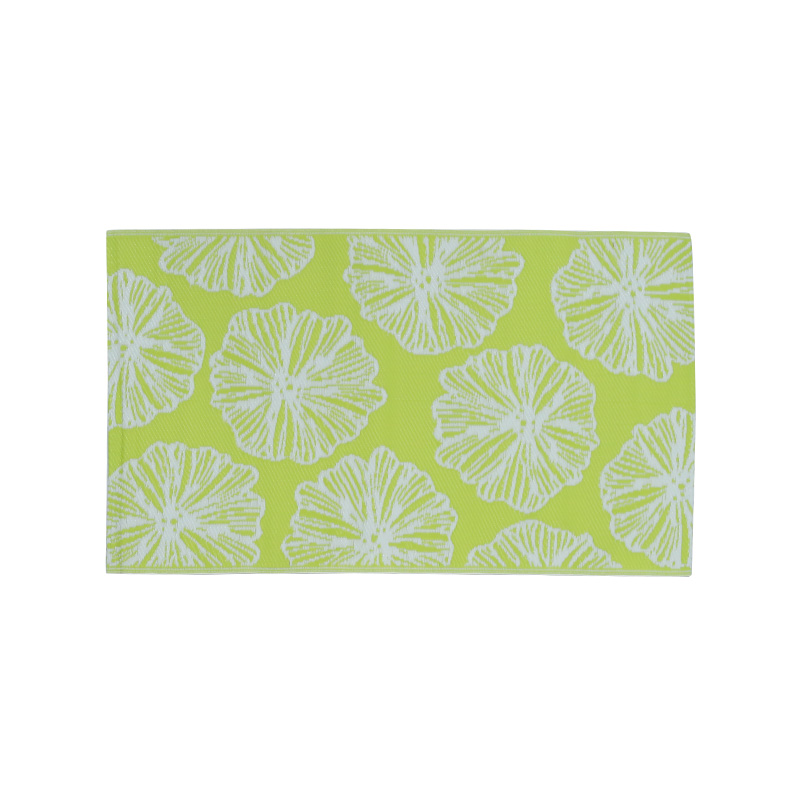
Influence of Thickness on Durability and Performance
- Load-bearing capability: Thicker matting can support heavier weights without bending or deforming. This ensures that the mat maintains its shape even under furniture or high foot traffic.
- Resistance to wear: Increased thickness provides a larger volume of material to absorb friction and impact, extending the lifespan of the mat.
- Shock absorption: Thicker mats cushion impacts more effectively, preventing structural damage and enhancing comfort for users walking or standing on the mat.
Structural Design and Its Impact
- Weaving density: A tightly woven structure distributes weight evenly, reducing localized stress and preventing premature wear.
- Pattern geometry: Interlocking or cross-hatch patterns reinforce the matting, making it more stable and resistant to stretching or deformation.
- Surface texture: Textured surfaces or raised ridges increase friction between the mat and foot or floor surface, enhancing slip resistance and safety.
Interplay Between Thickness and Structural Design
- Suitable balance: While thicker matting improves durability, it must be paired with a well-designed structure to maintain flexibility and ease of installation.
- Slip prevention: Flexible mats with textured or patterned surfaces maintain constant contact with the floor, improving anti-slip performance while supporting heavy loads.
- User comfort: A combination of adequate thickness and structured flexibility ensures the mat conforms slightly to foot pressure, providing cushioning without sacrificing safety.
Environmental and Material Considerations
- Plastic density and quality: Recycled plastic with appropriate density enhances both structural integrity and slip resistance. Poor-quality recycled plastics may compromise performance even with adequate thickness.
- UV and moisture resistance: Reinforced structural designs help prevent deformation and degradation in outdoor or humid environments, prolonging both durability and safety.
- Maintenance: Mats with proper thickness and well-designed structure are easier to clean, reducing debris accumulation that could compromise slip resistance.
Application-Specific Design Requirements
- Indoor versus outdoor use: Outdoor mats often require thicker material and a reinforced structure to withstand environmental exposure, such as sun, rain, or heavy foot traffic.
- High-traffic areas: Entrances, commercial spaces, and corridors benefit from mats that are both thick and densely structured to resist deformation and maintain slip resistance over time.
- Specialized surfaces: Areas exposed to water, such as kitchens or bathrooms, require textured structural patterns combined with adequate thickness to prevent slipping and improve water drainage.
Optimizing Performance Through Thickness and Structure
The thickness and structural design of Recycled Plastic Straw Matting are critical determinants of durability and slip resistance. Properly balanced thickness ensures load-bearing strength, wear resistance, and impact absorption, while thoughtful structural design enhances stability, grip, and flexibility. When combined, these factors create matting that is safe, durable, and comfortable for a variety of environments. Manufacturers who optimize both thickness and structural design can provide sustainable matting solutions that maintain long-term performance, safety, and user satisfaction.
-
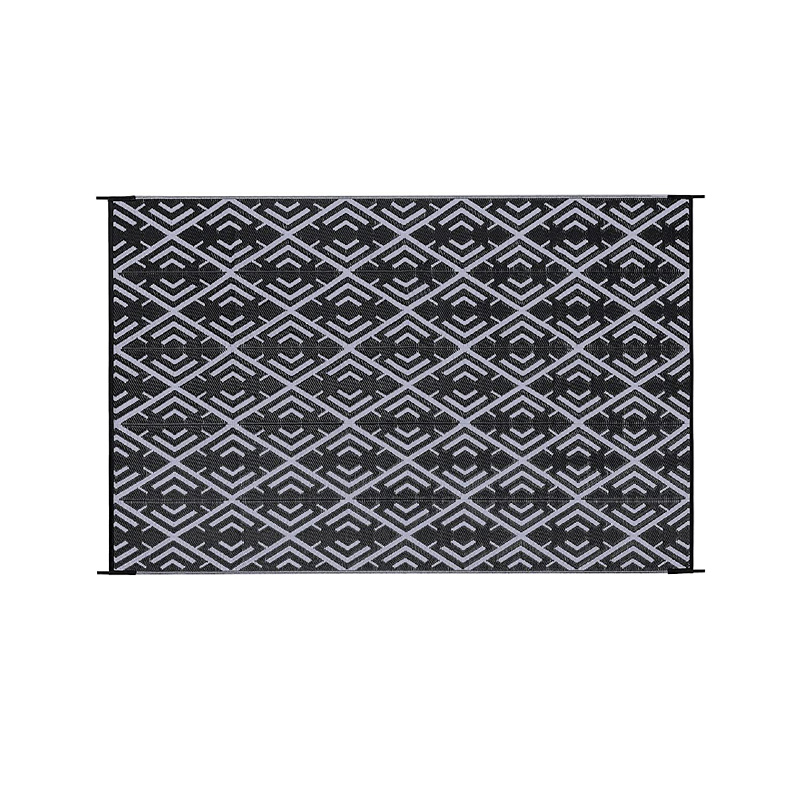
Lightweight Polypropylene Plastic Outdoor RV Mat
Features Weather-resistant polypropylene mat UV-stabilized to prevent fading Mold and mildew-resista...
-
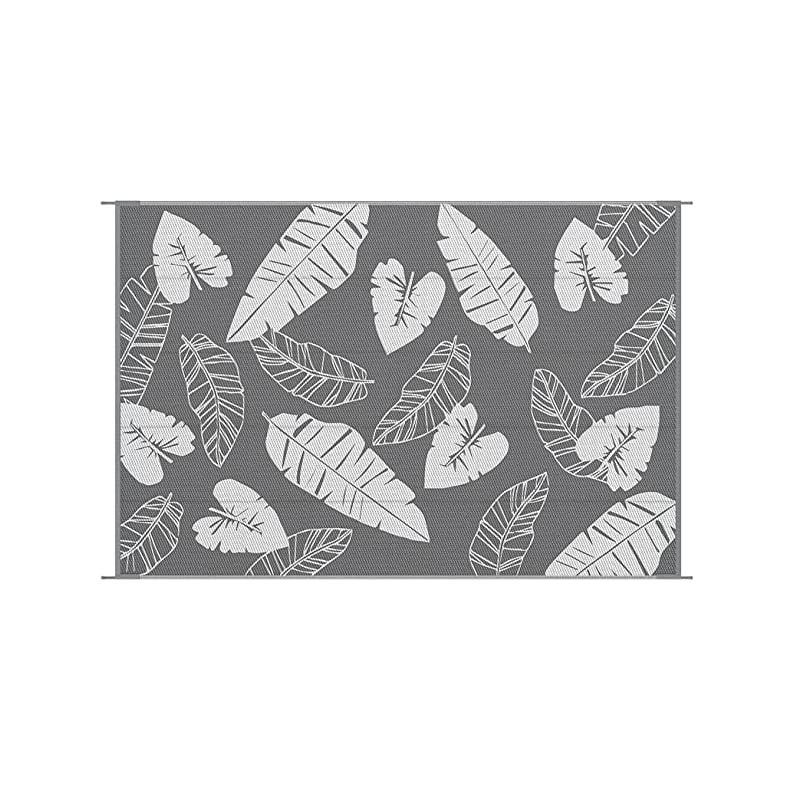
Large Foldable Anti-UV PP Weaving Straw RV Rug
Features Soft And Durable: Made with virgin polypropylene breathable material designed to be safe to...
-
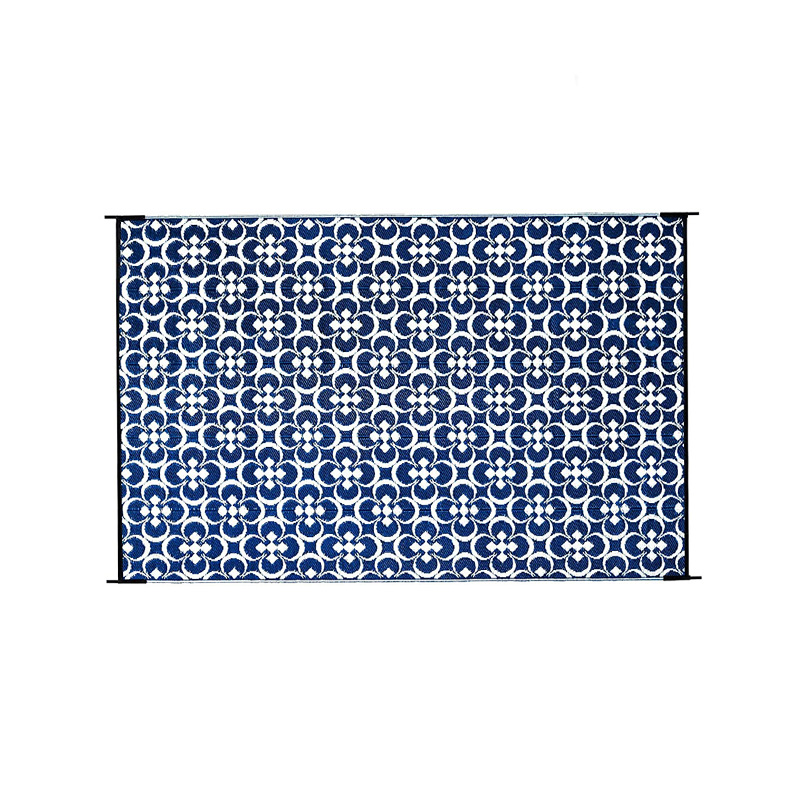
Recycled Moistureproof Plaid Outdoor Mat For RV
Features Heavy-Duty & High Quality & Durability: Our heavy-duty reversible RV mats are made ...
-
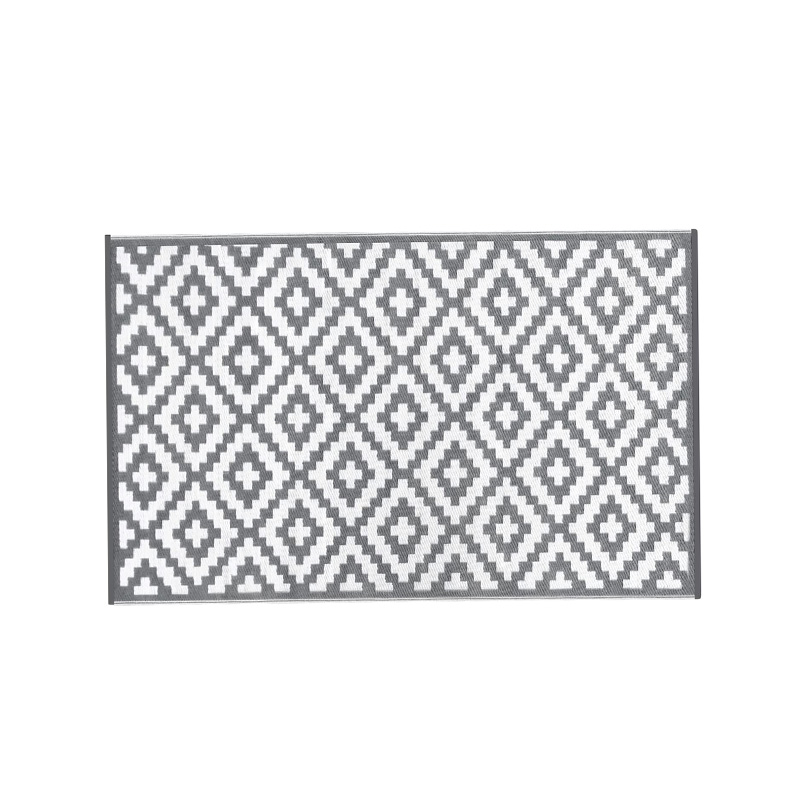
UV Resistant Patio Outdoor Rug
Features Reversible Stain-Resistant Straw Rugs: The outdoor rugs for patio clearance is a reversible...
-
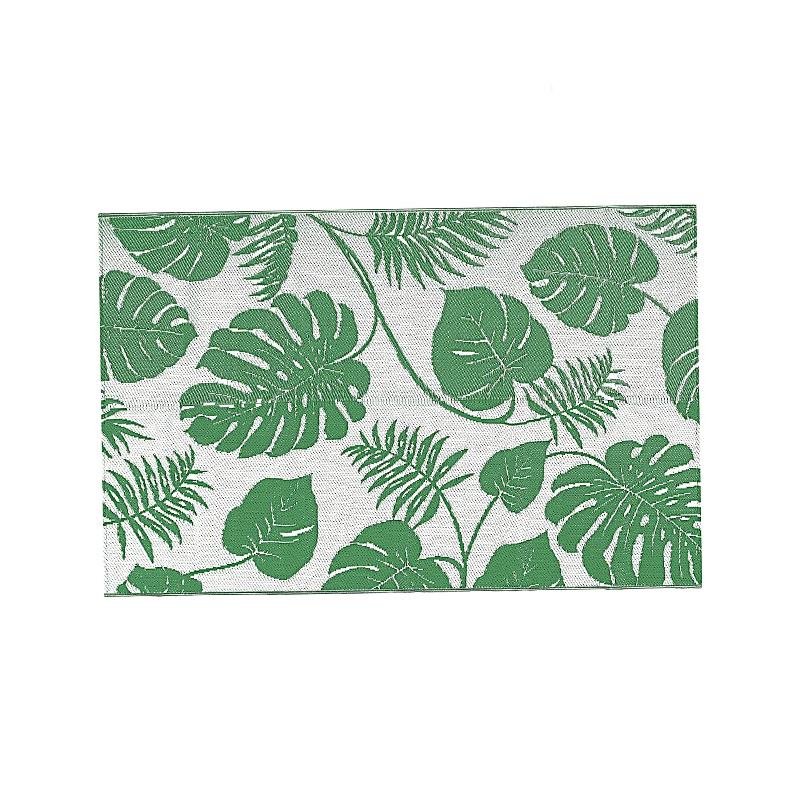
Durable Outdoor Polypropylene Mat For Patio
Features Reversible Outdoor Rug: The outdoor plastic straw rug with timeless medallion design is ele...
-
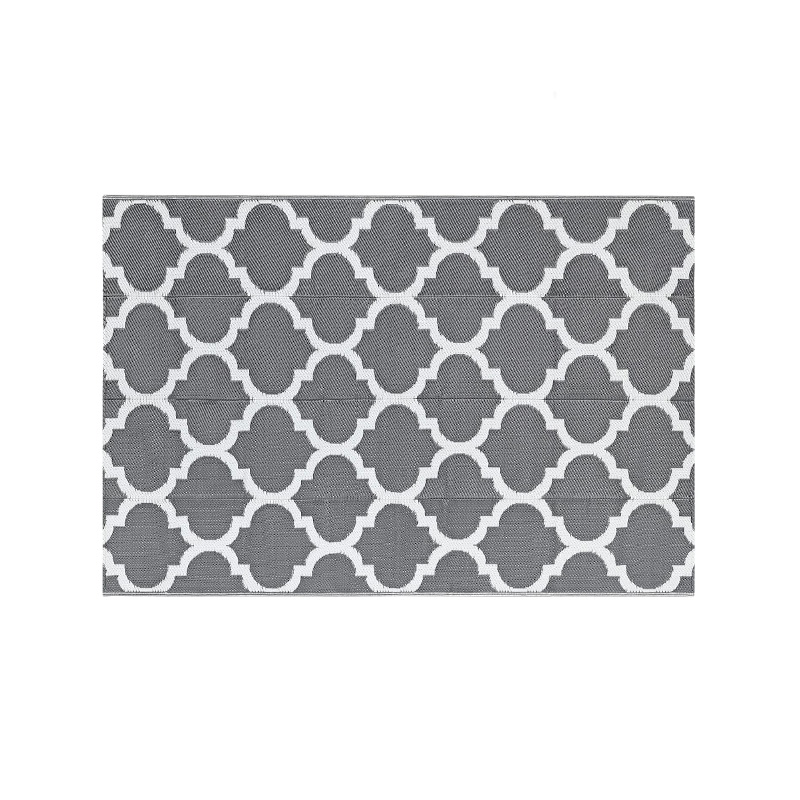
Recycled Plastic Straw Matting For Outside
Features Reversible Outdoor Rugs: It is easy to use on the patio, deck, beach, and backyard. This ou...
-
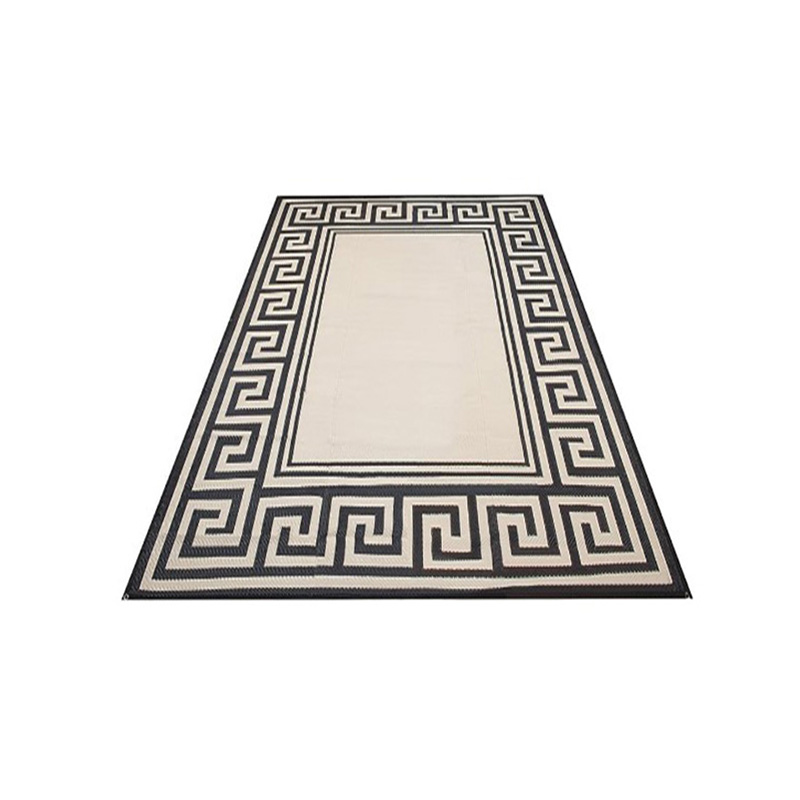
BSCI Audit PP Straw Camping Outdoor Rug
Description Introducing the BSCI Audit PP Straw Camping Outdoor Rug by AIYISI, an outdoor gear manuf...
-
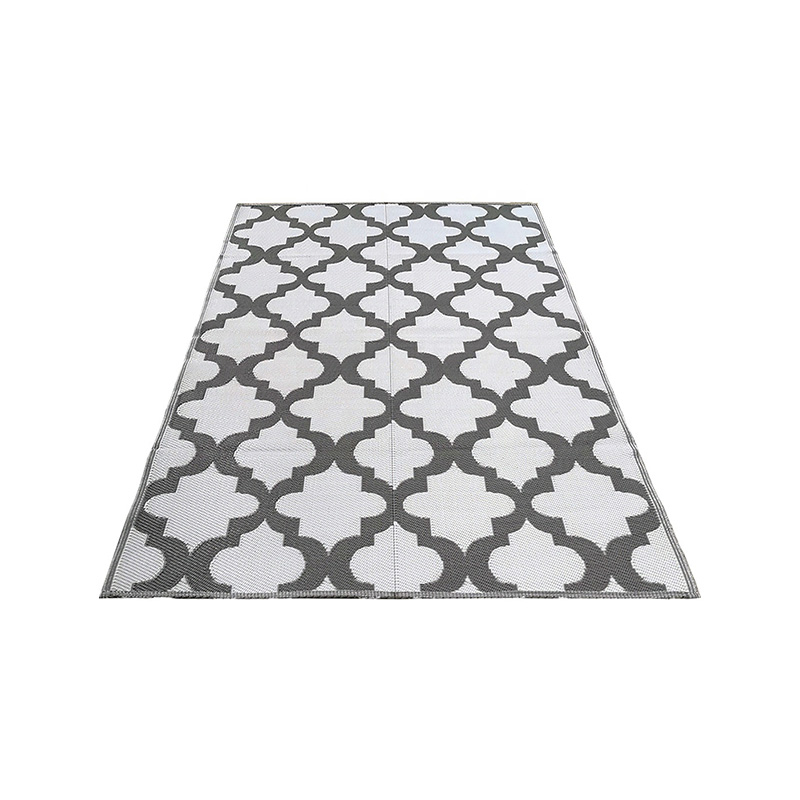
Plastic Matting Cheap PP Woven Recycled Campping Mats
Description At AIYISI, we take pride in offering high-quality outdoor products tailored to meet the ...

- FAX : 86-0576-83352177
- E-mail : [email protected]
- Phone : +86-0576-83207588
- Add: No.10 Yongan Road, Binhai industrial park, Sanmen County, Taizhou City, Zhejiang, China.


 English
English Deutsch
Deutsch

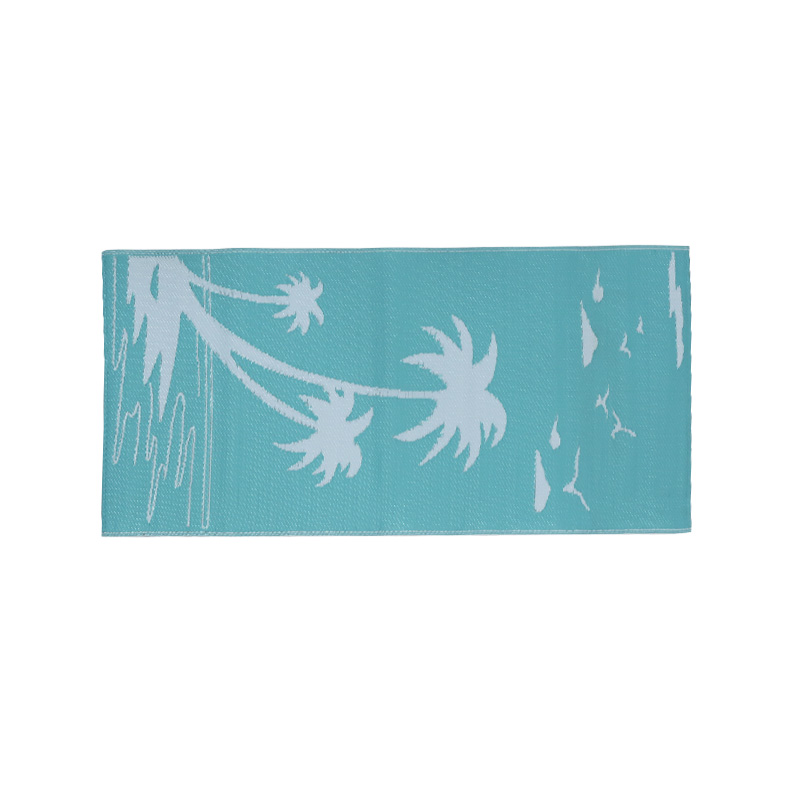
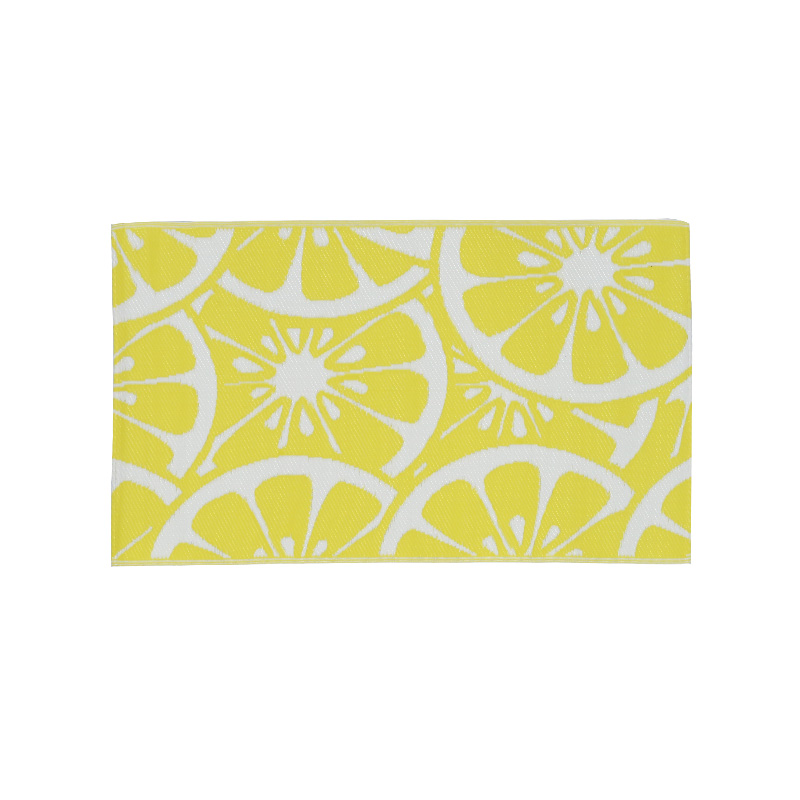
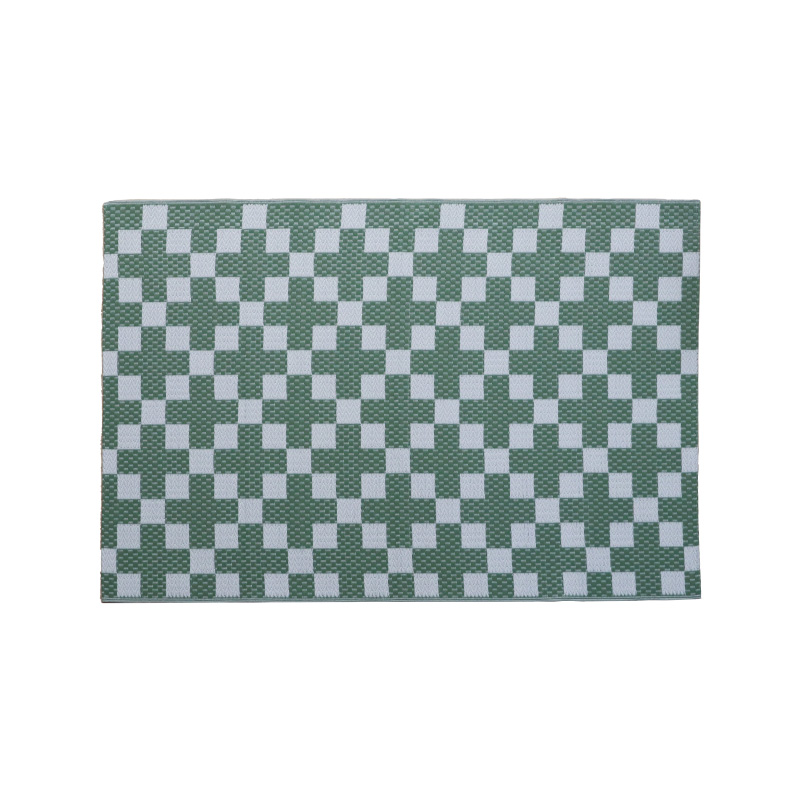
 Facebook
Facebook Youtube
Youtube Twitter
Twitter Instagram
Instagram